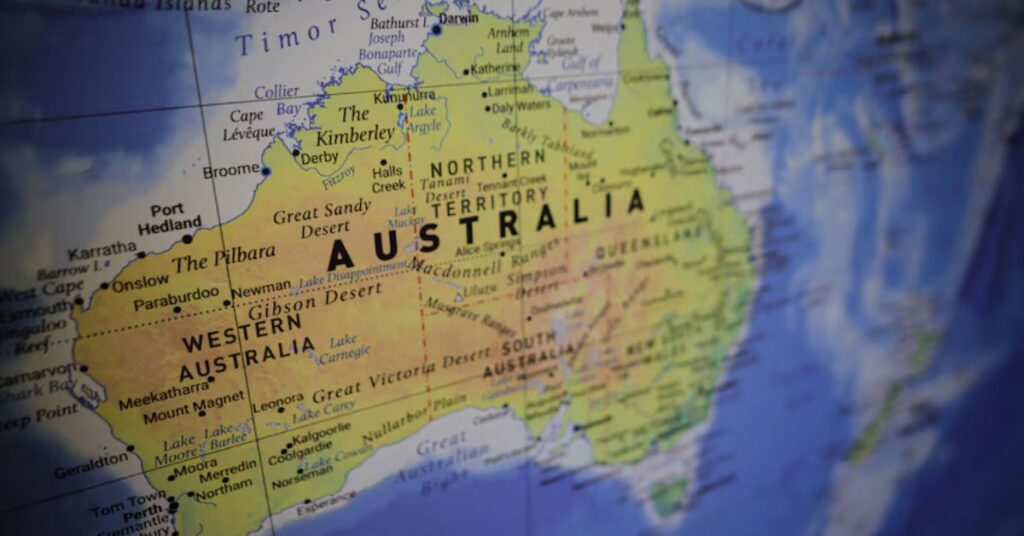As climate change impacts vulnerable regions globally, Australia faces challenges regarding the management of an increasing number of climate refugees.
Rising sea levels and extreme weather events may compel individuals to seek new homes, thereby testing the country’s migration system.
Australia’s Current Approach

Australia has recently signed the Australia-Tuvalu “Falepili Union” treaty, which commits the country to assist Tuvalu, a Pacific island nation affected by climate change. Under this agreement, Australia will accept up to 280 Tuvaluans annually for opportunities to live, work, or study in the country.
This initiative represents an initial step towards addressing climate-induced migration but prompts inquiry about Australia’s capacity to manage larger numbers of climate refugees in the future.
Challenges and Considerations
Several factors may influence Australia’s ability to accommodate climate refugees:
- Housing Shortages: Australia currently experiences housing challenges, requiring detailed planning and infrastructure development to integrate additional refugees effectively.
- Legal Framework: Presently, there is no specific legal classification for climate refugees within Australia’s migration system, which may hinder the ability to provide adequate protection and support.
- Regional Impacts: Climate change will have varied effects across Australia, potentially resulting in internal displacement within some regions.
- Public Perception: The government may need to manage public opinion regarding increased migration to maintain social cohesion and support for refugee programs.
Potential Solutions
To address the potential rise in climate refugees, Australia might consider several approaches:
- Comprehensive Climate Migration Strategy: Development of a long-term strategy encompassing housing, infrastructure, and social services to accommodate expected influxes of climate refugees.
- Updating Legal Frameworks: Establishing specific provisions for climate refugees within the migration system could streamline processes and clarify pathways for displaced individuals.
- Strengthening Regional Cooperation: Enhancing collaboration with Pacific Island nations and other vulnerable countries could improve Australia’s readiness to anticipate future migration trends.
- Investing in Climate Resilience: Supporting adaptation initiatives in vulnerable regions could reduce the number of individuals forced to relocate due to climate change.
- Public Education: Increasing awareness about the effects of climate change and migration could foster greater public support for refugee programs.
Although Australia has initiated efforts to address climate-induced migration, further action is required to enhance the migration system’s preparedness for potential increases in climate refugees.
By developing comprehensive strategies and updating existing frameworks, Australia can better respond to this evolving global challenge.